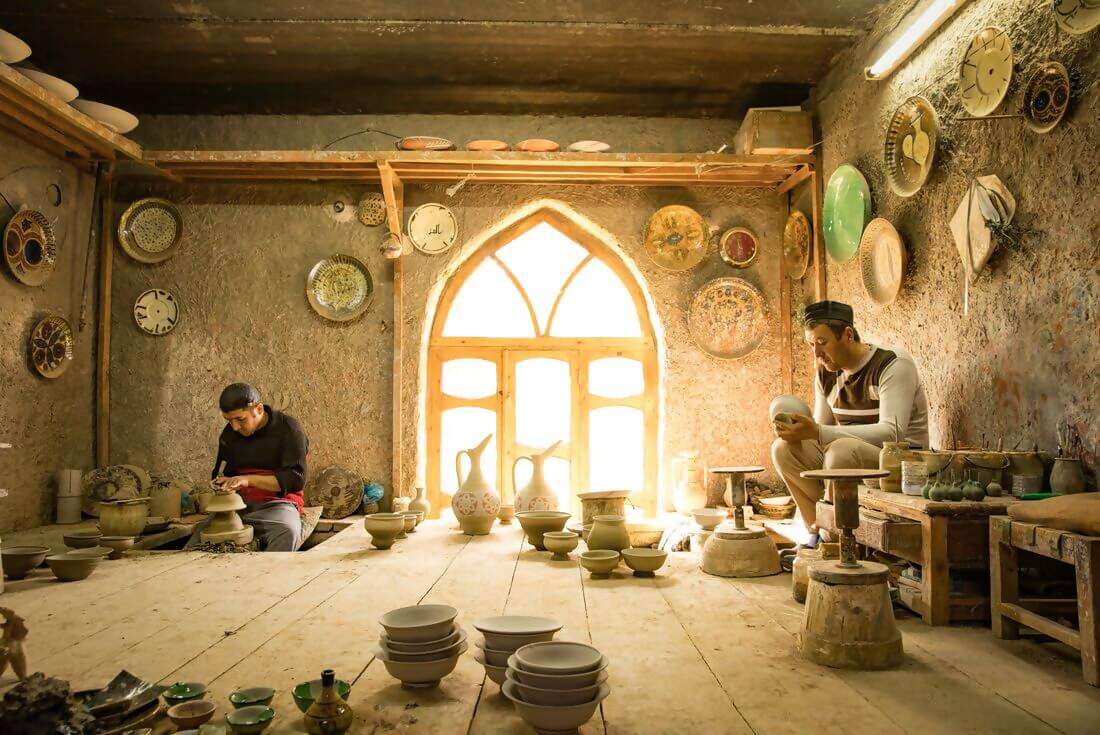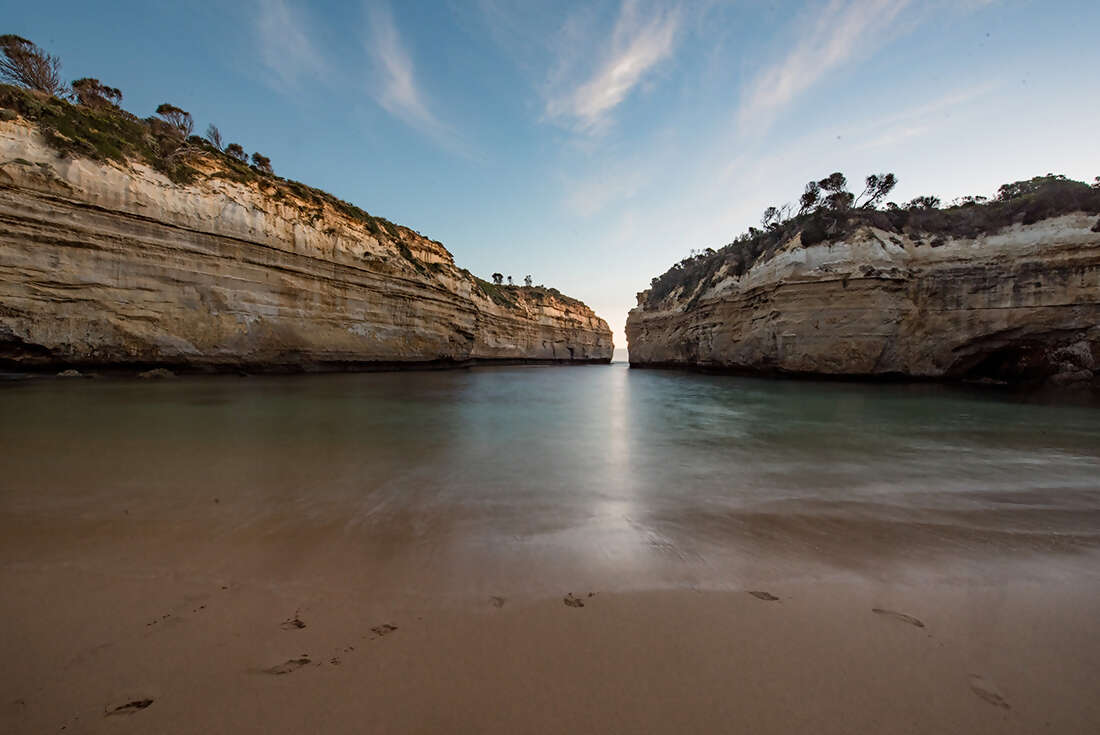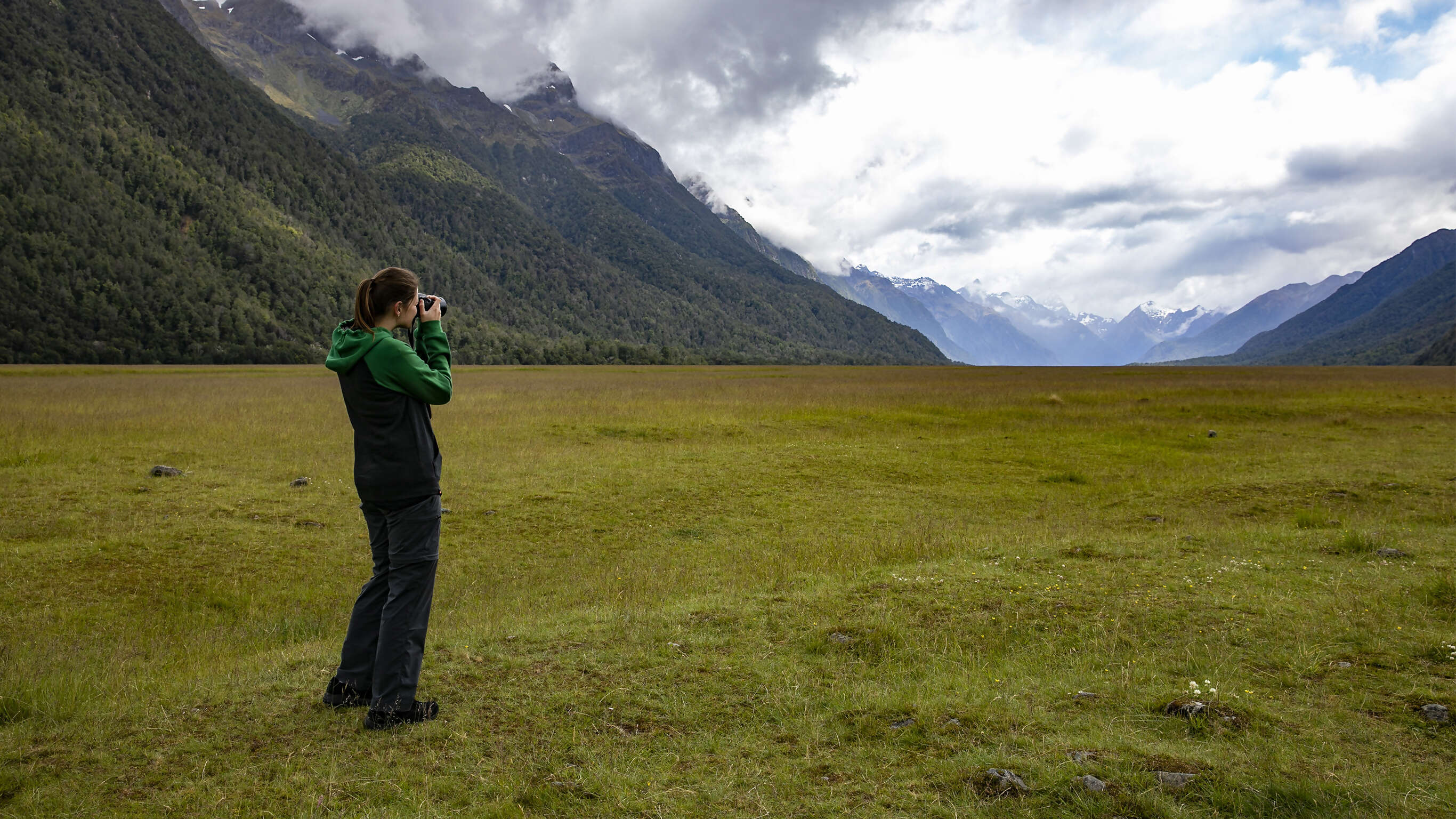 Be entranced by the beauty and the wonder of Central Asia on this overland journey from the capital of Kyrgyzstan through the heartland of Uzbekistan to the forgotten yet futuristic Ashgabat. Take in the tranquil landscape of Son-Kol Lake, watch for wild boar and deer around Chychkan Gorge, hike up the sacred Sulumain-too Mountain in historic Osh, and get your fill of mosques and museums in Samarkand. Venture into the mysterious Turkmenistan, camp out by the 'gate of hell', and explore Ashgabat with architectures from a scifi movie.Abounding with ancient culture, divine natural beauty, intriguing relics, and heart warming people, this is a journey that will leave you eager to discover more of Central Asia.
Be entranced by the beauty and the wonder of Central Asia on this overland journey from the capital of Kyrgyzstan through the heartland of Uzbekistan to the forgotten yet futuristic Ashgabat. Take in the tranquil landscape of Son-Kol Lake, watch for wild boar and deer around Chychkan Gorge, hike up the sacred Sulumain-too Mountain in historic Osh, and get your fill of mosques and museums in Samarkand. Venture into the mysterious Turkmenistan, camp out by the 'gate of hell', and explore Ashgabat with architectures from a scifi movie.Abounding with ancient culture, divine natural beauty, intriguing relics, and heart warming people, this is a journey that will leave you eager to discover more of Central Asia.Highlights
Central Asia is a fascinating and unique mix of ancient Silk Road culture, post-soviet culture and striving to redefine nations post independence. Geographically and for a time historically, it is the real centre of Asia
The much-photographed Registan in Samarkand is one of the true pinnacles of Islamic architecture. You'll be wowed by the scale, grandeur and beauty of the monuments to iconic figures such as Tamerlane and the Persian influenced madressas, mosques and mausoleums
Experience for yourself the legend that is Central Asian hospitality - there's really nothing like being welcomed into a local home or yurt for a meal, chatting with stall holders at bazaars or simply marvelling at the sights alongside locals
Kyrgyzstans mountains are its monuments and its majesty. The landscapes here will stay with you long after the journey is over
Marvel at the beautiful Son-Kol Lake, where in mid-summer you may see flocks of sheep, goats and herds of horses watched over by nomadic herdsmen and their families
Stay overnight in a yurt lakeside and live like the locals have for centuries in these portable, felt lined traditional tents
Reflect on the important role horses have played in the traditional Kyrgyz nomadic life style while witnessing horseback sports like odarysh (wrestling on horseback), tiyin-enish (where riders try to pick up coins at full gallop) or kok-baru (goat polo)
Explore sprawling ruins of Mary, Merv and others with a local guide and contemplate these remnants of empires that once ruled this vast land
Witness the eternal flames of the Darvaza Crater, aka the 'Door to Hell' as you camp nearby – one of the strangest, most mesmerising geological oddities on earth
Ashgabat rose from the devastation of an earthquake in 1948 and has enjoyed a surreal and futuristic makeover





- You will visit the following places:
-

Bishkek
Bishkek formerly Pishpek and Frunze, is the capital and the largest city of Kyrgyzstan. Bishkek is also the administrative centre of Chuy Province which surrounds the city, even though the city itself is not part of the province but rather a province-level unit of Kyrgyzstan. The name is thought to derive from a Kyrgyz word for a churn used to make fermented mare's milk (kumis), the Kyrgyz national drink. Founded in 1825 as the Kyrgyz-Khokand fortress of "Bishkek", then, in 1862, named as the Russian fortress Pishpek in 1926 the city was renamed Frunze, after the Bolshevik military leader Mikhail Frunze. In 1991, the Kyrgyz parliament restored the city's historical name.
-

Tashkent
Tashkent is the capital of Uzbekistan and of the Tashkent Province. The officially registered population of the city in 2008 was 2.1 million. Unofficial sources estimate the actual population may be as much as 4.45 million. Due to the destruction of most of the ancient city during the 1917 revolution and later to the 1966 earthquake, little remains of Tashkent's traditional architectural heritage. Tashkent is, however, rich in museums and Soviet-era monuments.
-

Ashgabat
Ashgabat is the capital and the largest city of Turkmenistan in Central Asia, situated between the Karakum Desert and the Kopet Dag mountain range. It is a showpiece capital. It has been designed, at the cost of billions of dollars, to show the world about the glories and accomplishments of the Turkmen. The city looks like none other on Earth – a throughly artificial collection of white marble buildings across a long, dry valley. At sunrise or sunset, there's a beauty to this uniform, outsized ambition, as if the set of a science-fiction film suddenly became an actual human settlement.